The Real Face of Fear: Who Was the Most Feared Gunfighter?
Ask around about the most feared gunfighter of the Old West, and you’ll probably hear a few names tossed about like Wyatt Earp, Doc Holliday, or maybe even Wild Bill Hickok. But when you peek behind those Hollywood faces, the name that stands out—especially among actual cowboys, bounty hunters, and outlaws of the day—is John Wesley Hardin. Hardin wasn’t some mythical gunslinger. He was flesh and blood, terrifying enough that other vicious men crossed the street when he walked by. Born in Texas just after the Civil War, Hardin racked up a body count that still makes your hair stand on end. His own claim? He once killed a man just for snoring too loudly. It’s grisly—and sure, it might have been an exaggeration, but the guy definitely set the standard for gunfighter reputation.
There’s a trick to understanding the Old West legends, and it starts with knowing that reputation often mattered as much as skill. A man who was good with a gun could survive, but a man who everyone thought was dangerous could control a room without firing a shot. Hardin nailed both. He killed his first man at just 15, and over the years was believed to have taken the lives of 20 to 40 men (the number might be fuzzy, but nobody doubted he was lethal). He had run-ins with lawmen, hunted down Texas Rangers, and even escaped from prison. Local newspapers called him “the most dangerous desperado” in Texas. Doc Holliday, tough as he was, openly admitted to friends in Dodge City he wanted nothing to do with Hardin. Plenty of other gunfighters—Billy the Kid, Jesse James—were infamous, but Hardin was the yardstick for how wild things got.
What really set Hardin apart was his absolute coldness under pressure. He could draw fast, yes, but more importantly, he never hesitated. If you stared him down in a dispute, it was like looking at a loaded weapon with the safety off. Hardin’s presence in a saloon was enough to send shivers through both outlaws and lawmen. Even after his prison stretch, when he spent his later years as a lawyer in El Paso, he still made enemies tiptoe around him. The newspapers of 1877 ran headlines like, “Texas is Relieved: Hardin Finally Caught.” No other famous gunfighter inspired that kind of headline panic. He literally shaped how people thought of danger in the Wild West—and became an outlaw icon, despite being arrested, convicted, and killed before 45.
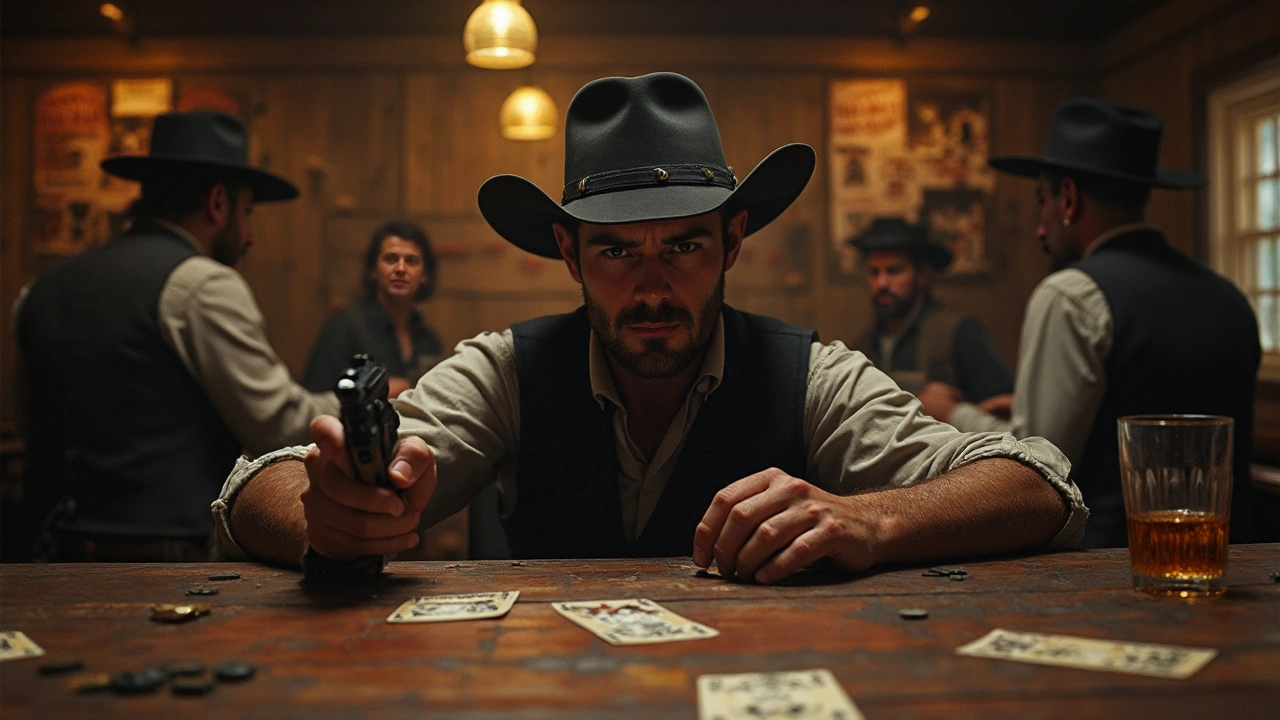
Breaking Down the Legends: What Made a Gunfighter Feared?
The Old West was packed with tough guys itching for a fight, but only a handful climbed the ranks to become true legends. So what set people like Hardin apart? First, reputation worked like social armor. Tales of a man shooting enemies at twenty paces or hitting fast draws before a blink could stop would-be challengers before a duel even started. The streets were brimming with deadly duels, but the survivors were the ones who figured out that half the battle happened in the mind. Hardin understood that. He didn’t just shoot first; he made sure people thought he would shoot first, every time.
Skill, naturally, mattered. Fast hands, deadly aim, and a cool head could save your skin. Take Wild Bill Hickok for example—his legendary quick-draw accuracy was cemented in the shootout at Deadwood, but Hardin’s skill was more about ruthless adaptability. He used cover, surprise, and wasn’t above shooting someone through a door or out a window if the situation called for it. While Earp and Hickok relied on lawman credentials, Hardin thrived as an outlaw—outsmarting Law and Order types while staying alive in a world where even the best ended up dead more often than not.
And then, there was the power of rumor. In the absence of TV or the Internet, word of mouth worked like wildfire. Survivors of Hardin’s rampages would whisper in stagecoaches or saloons, spinning stories that made him larger than life. That’s exactly how his kill count mushroomed, and why tiny Texas towns lived in fear of him dropping by. It’s a classic example of how Wild West history gets both made and twisted. Even Bat Masterson, the lawman and newspaperman, once said:
"If Hardin had been born in a civilized place, he might have become a great general—but as it was, he was a terror to every honest man around."
This all raises a question—were these gunfighters natural-born killers, or did the lawless frontier push them into brutality? A little of both. Hardin grew up during the Civil War’s aftermath, when the rule of law in Texas was almost nonexistent. Feuds, racial violence, and range wars bred hard men with hard habits. And the myth machine made sure that even borderline criminals could end up household names. Hardin was no exception—he even dictated his autobiography from prison, bragging about his exploits to keep his legend alive for future generations.
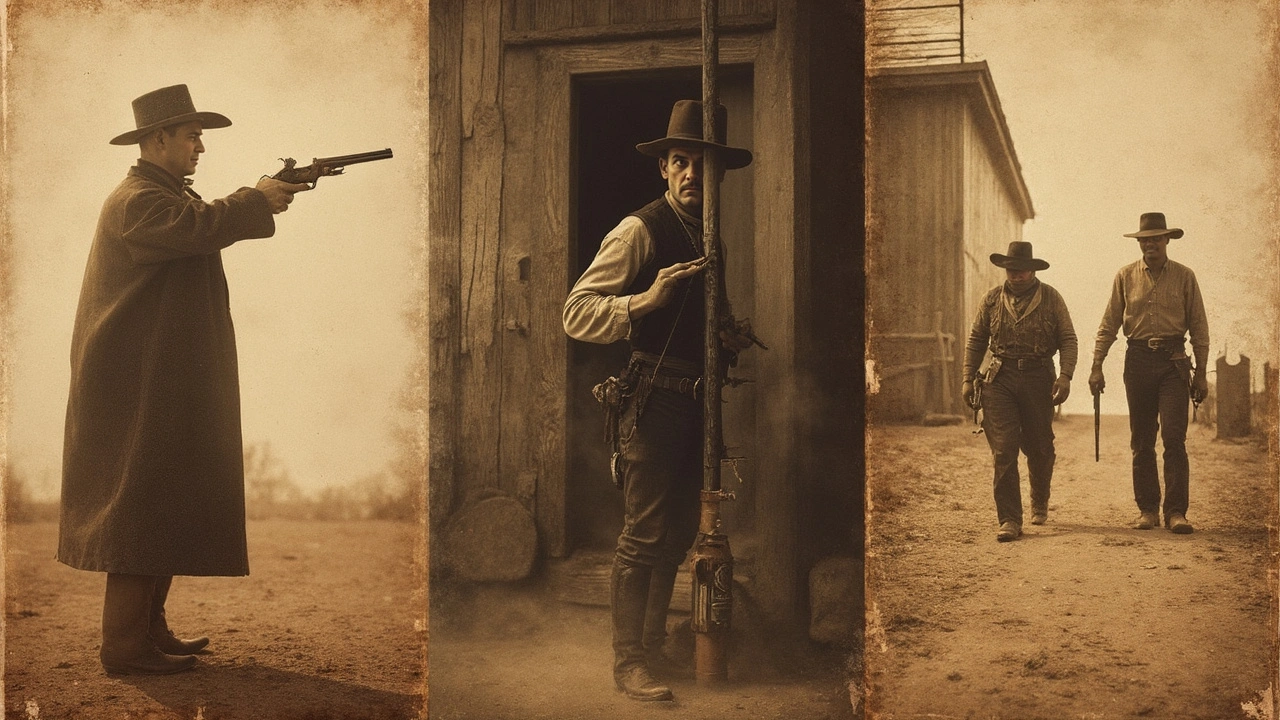
Facts Behind the Myths: Deadly Skills and the Reality of Old West Gunfights
Let’s get something straight—the typical shootout wasn’t two men standing ten paces apart, Western-movie style. Most gunfights were messy, chaotic, and rarely as “honorable” as Hollywood wants you to believe. Sometimes, someone would get shot in the back or ambushed by a drunken rival in a bar. But if you look at Hardin’s track record, the guy just had a nose for staying alive in these situations. Once, while being arrested, he managed to grab a deputy’s gun and kill him in a jail cell. Stories like these might sound over the top, but newspapers covered them again and again, turning Hardin from a mere outlaw into the stuff of nightmares for Texas lawmen.
There were habits that set the truly dangerous apart, and you’ll see these patterns if you peek into the history books. Hardin kept his gun close at hand, slept with one eye open, and paid careful attention to his surroundings. He never drank too much in a saloon, never trusted a stranger sitting beside him, and changed his look whenever he crossed state lines. Here’s a tip straight out of those days: if you wanted to survive, you traveled with friends who had your back and never let your gun hand go slack. The West wasn’t written for second chances.
Want numbers? Here’s a telling fact—of the hundreds of recorded gunfights in Texas between 1860 and 1890, the average shootout lasted fewer than five seconds, and the first one to hit usually walked away.
| Gunfighter | Estimated Kills | Known Duels Survived | Years Active |
|---|---|---|---|
| John Wesley Hardin | 20-40+ | Over 10 | 1867-1895 |
| Wild Bill Hickok | 6-10 | Several | 1861-1876 |
| Doc Holliday | Less than 10 | 5+ | 1872-1887 |
Look at those numbers—Hardin’s estimated kills skyrocket above his rivals. Yet, more important than any number is what those digits represent: a guy so dangerous, even other killers respected or feared him. The rest of the gunfighters? Some made their mark as lawmen, like Earp, or became cult heroes for standing up to criminals. But the true terror in the eyes of everyday folks belonged to Hardin. He didn’t just beat the odds—he rewrote them.
If you ever want to dive into primary sources for yourself, check out the old Texas newspapers or Hardin’s autobiography, which he called “The Life of John Wesley Hardin as Written by Himself.” It’s wild, often exaggerated, and sometimes self-serving, but it gives a raw glimpse into what the West was like for someone living fast—and mostly by the gun.
In the end, the deadliest gunfighters of legend weren’t always heroes, and they definitely weren’t always the best shots. But if you’re asking who was the most feared gunfighter—the one who made grown men sweat in their boots with just a glance—John Wesley Hardin’s shadow is as long as ever. Next time you walk past an old saloon, try to imagine the buzz when someone whispered he was in town. That’s the kind of fear that makes a legend stick, bullet holes and all.

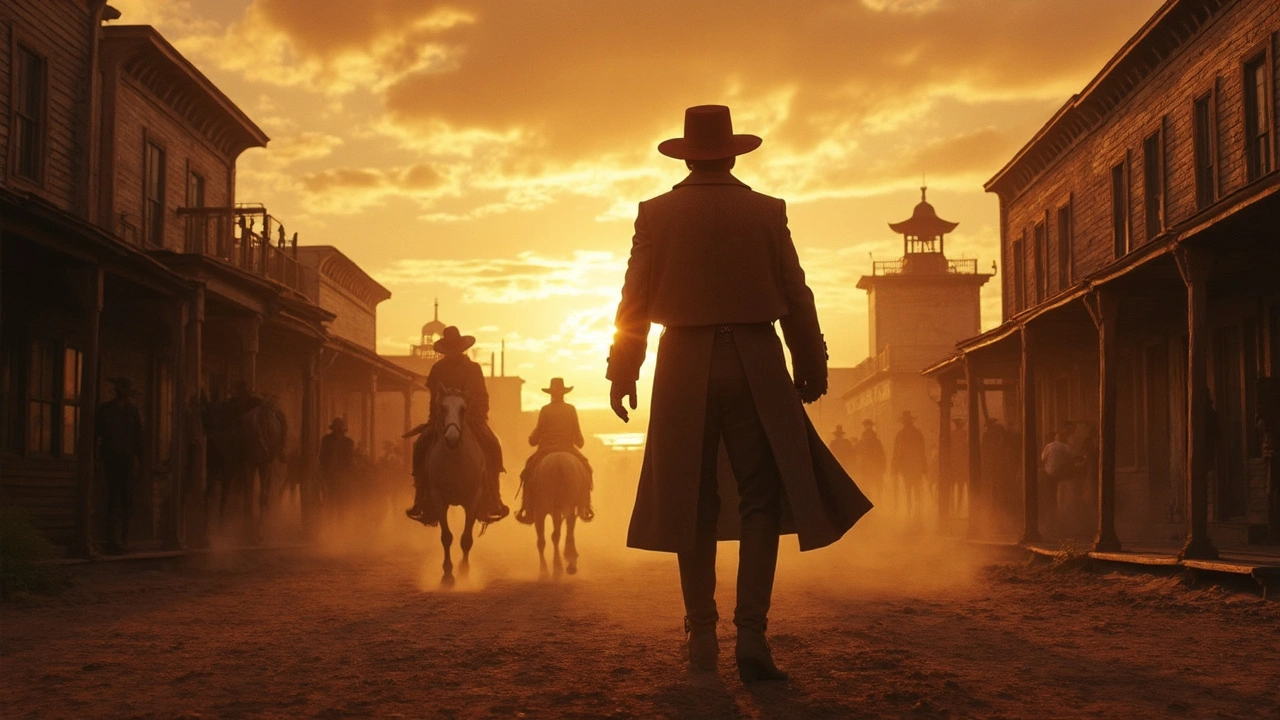
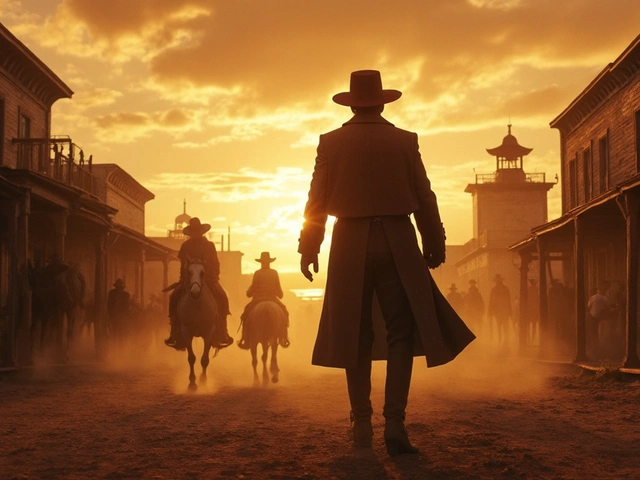

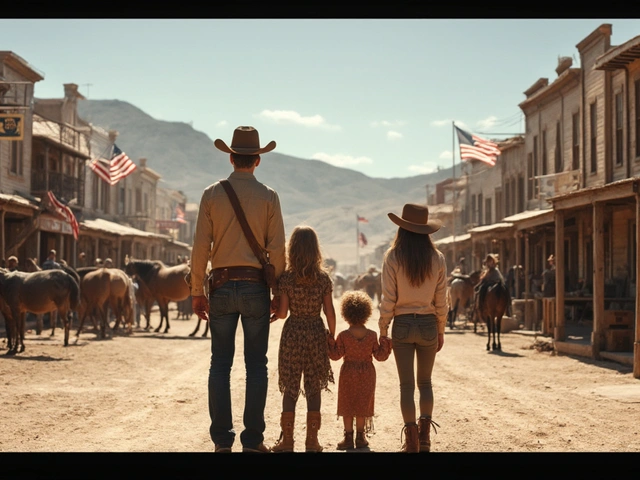
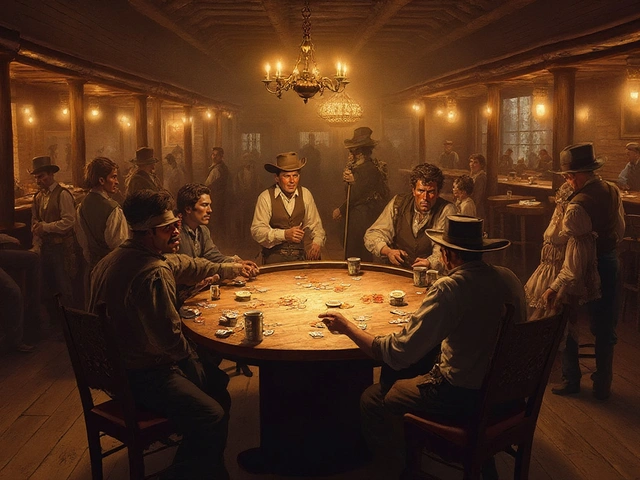
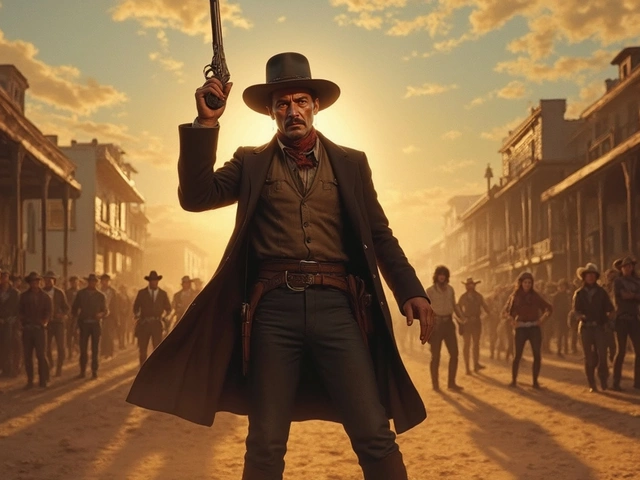
sumraa hussain
July 17, 2025 AT 23:58